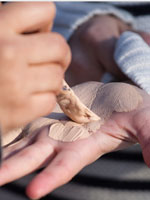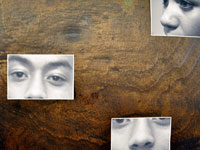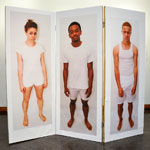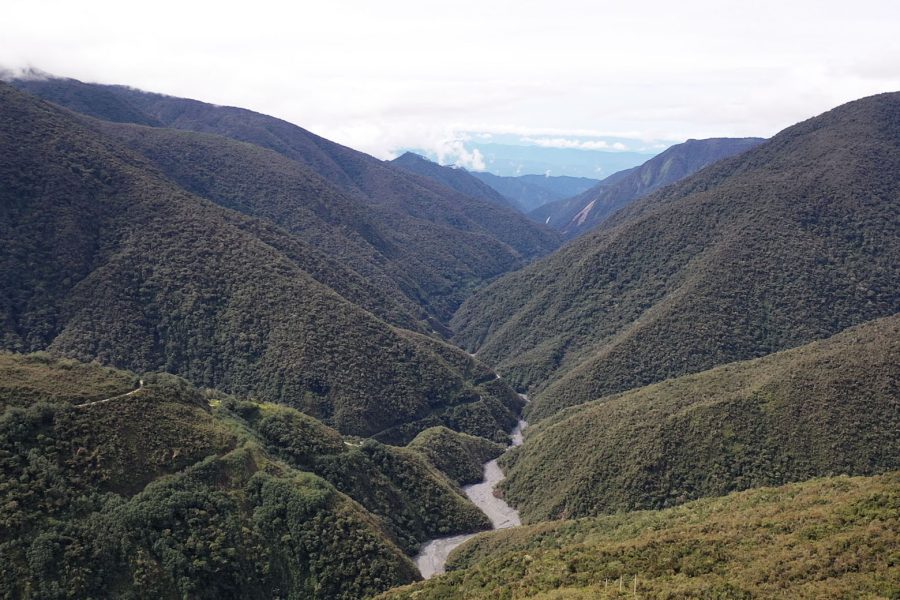Students explore diversity through art
The “Big Tent,” a collaborative community art project between Wake Forest students and local high school students, was set up on Wake Forest’s Reynolda Campus for the first time on March 27 outside the Z. Smith Reynolds Library.
The tent event was held as a part of the University’s yearlong Faces of Courage celebration. Student groups came together to showcase the tent and to encourage their peers to think about diversity and identity on campus through art. Some of the projects and activities around the Big Tent included:
Members of Delta Xi Phi, Wake Forest’s multicultural sorority, helped students mix paints to create colors to match their skin tone. “We wanted to show that skin color is not just black or white. You might need to add a little yellow, purple or red,” senior sociology major Jessica Smith said.
Senior religion major Sarah Hinshelwood, a member of Delta Xi Phi, passed out slips of paper to students at the event and asked them to write down what makes them unique. She then connected the individual pieces to make a chain, showing that our differences can connect us.
“Ambiguity in Race: The Haziness of Social Lines” by senior anthropology major De’Noia Woods and first-year student Tai Hensley uses photographs to deconstruct ideas about race. “It addresses the concept of being mixed race and being stereotypes because of a small feature, like a nose or mouth,” Hensley explained.
 Music brings people together
Music brings people together
Gerson Lanza, a senior history major, and Lee Gan, a sophomore finance major, perform tap steps as members of the Setting the Groove Tap Dancing Club. The club represents how it is not only race and ethnicity that make students unique, but also their diverse interests and talents.
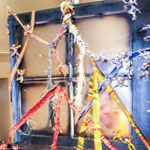 Stereotypes can break people
Stereotypes can break people
“Unraveling” by senior biology major Mary Alyce McCullough and Mt. Tabor High School student Jon Cunningham is made from wire, fabric and windows. The piece deals with stereotypes of culture, ethnicity and race. The broken windows represent the violence that can come as a result of racism. The fabric represents the assumptions that can contribute to race relations.
Categories: Alumni, Arts & Culture, Campus Life, Community Impact, Enrollment & Financial Aid, Inclusive Excellence
Media Contact
Wake Forest News
media@wfu.edu
336.758.5237

